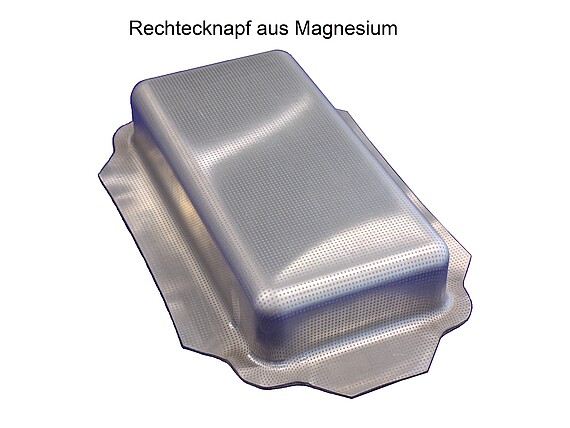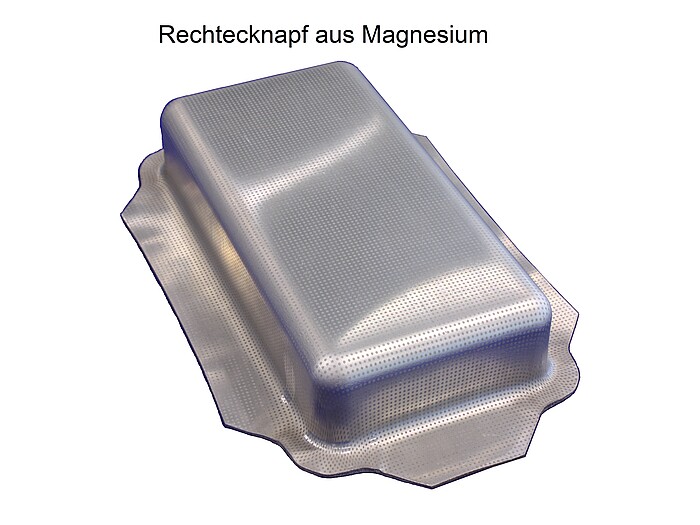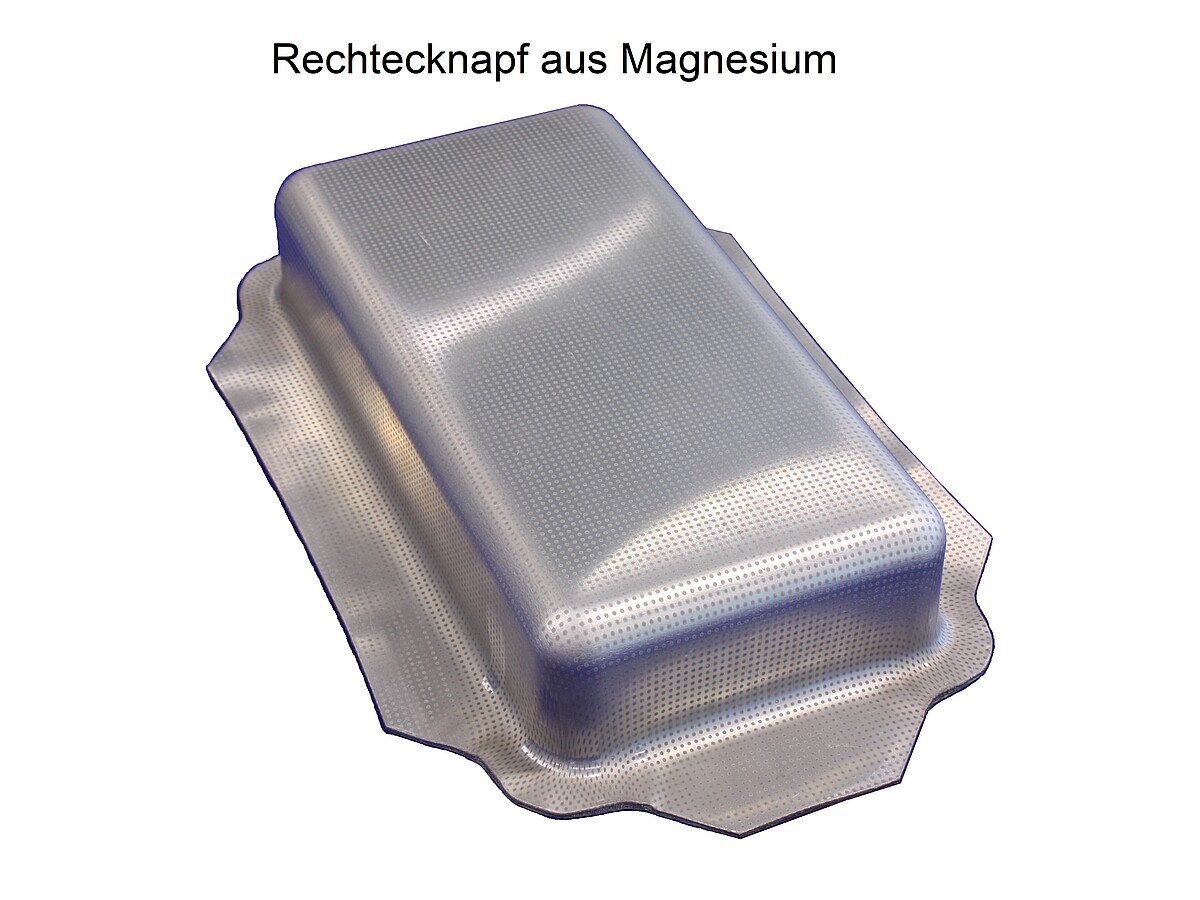


In terms of lightweight design, targeted material substitution can reduce component weight while maintaining or even increasing strength properties. Common lightweight metallic materials for this purpose are, for example, aluminium and magnesium alloys. For the simulation-based design of forming processes, the description of the flow and failure properties is necessary. In addition to the description of the temperature-dependent flow behaviour, modern anisotropic flow criteria for lightweight materials, e.g. according to Barlat or Banabic, can be parameterised at IFUM. The deformation capacity can be determined with the aid of Nakajima tests as a function of temperature and described using forming limit curves. Furthermore, a temperature-dependent description of stress-dependent failure models is possible at IFUM. For this purpose, temperature-controlled shear tensile tests can be carried out using a specimen geometry developed at IFUM.
Publication
The reduction of CO2 emissions is essential to meet global climate needs of today. In this context, reducing vehicle weight is the most efficient way to lower the fuel consumption of a passenger car. Magnesium combines relatively high material strength with low weight, making it an interesting option for lightweight solutions. In numerical process design, it is important to know the forming capacity of a material. The usual method for describing failure behaviour is to use forming limit curves (FLC). Stress-based models offer the advantage of a strain path consideration and an extension in shear and compression stress.





























